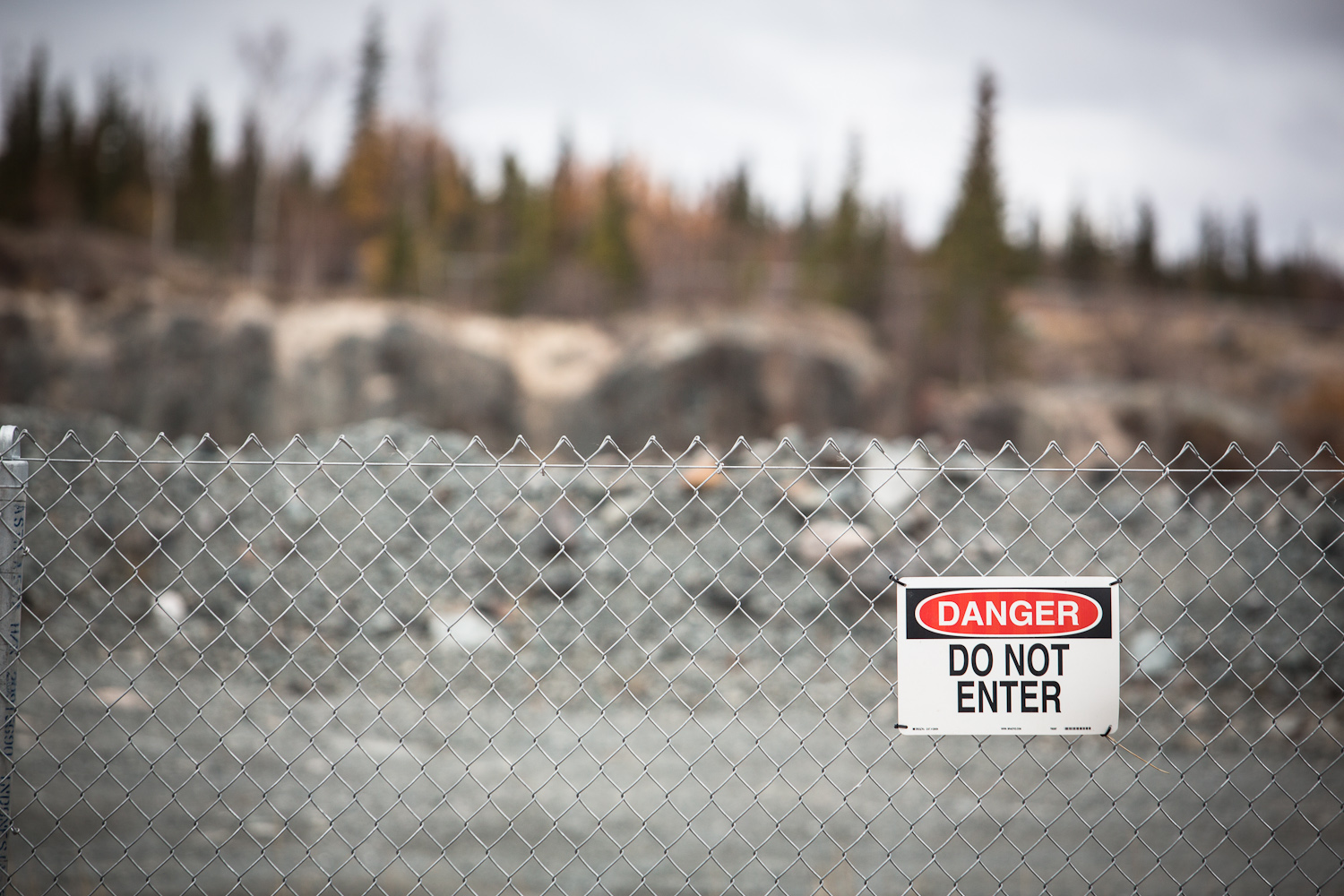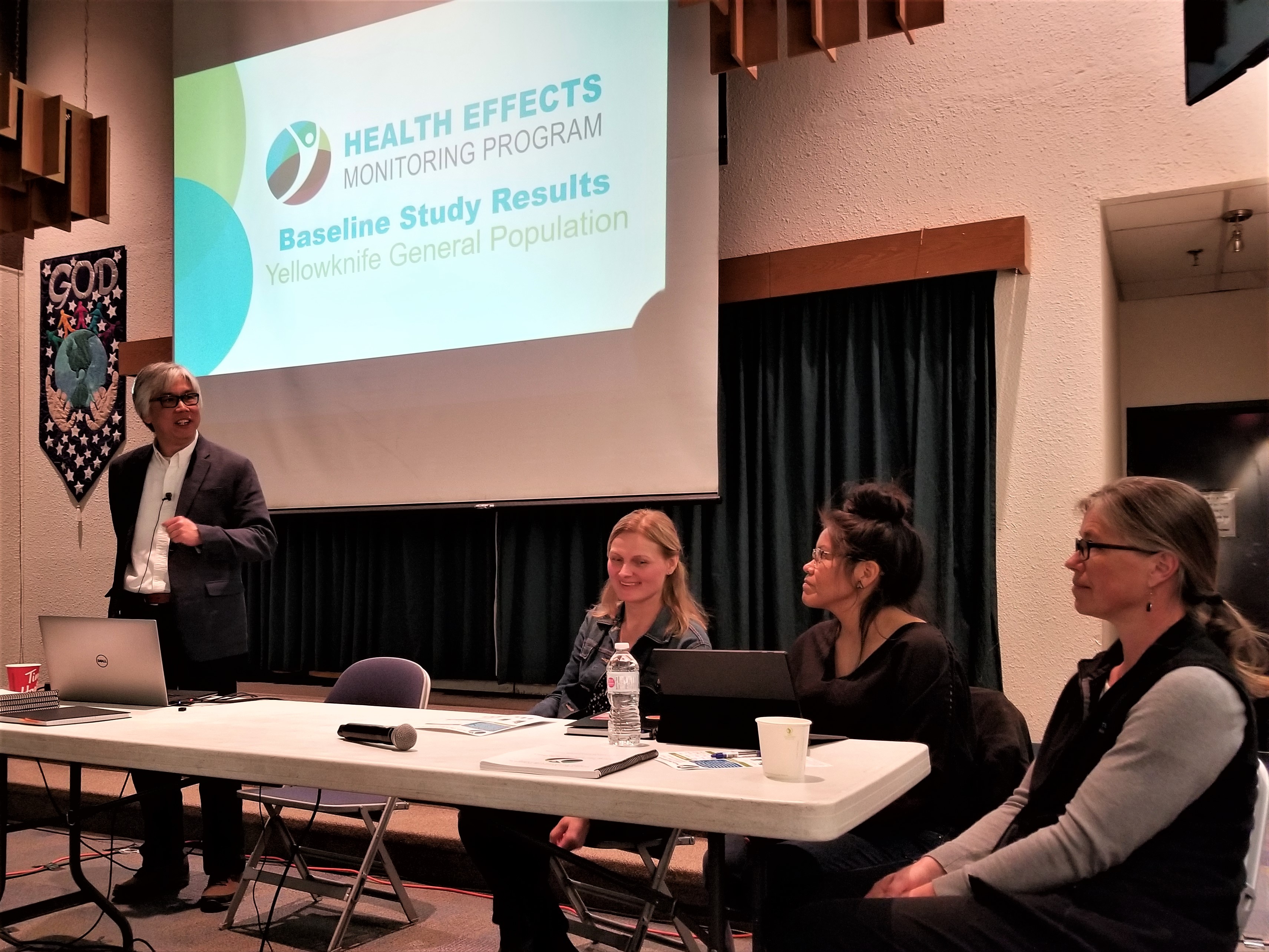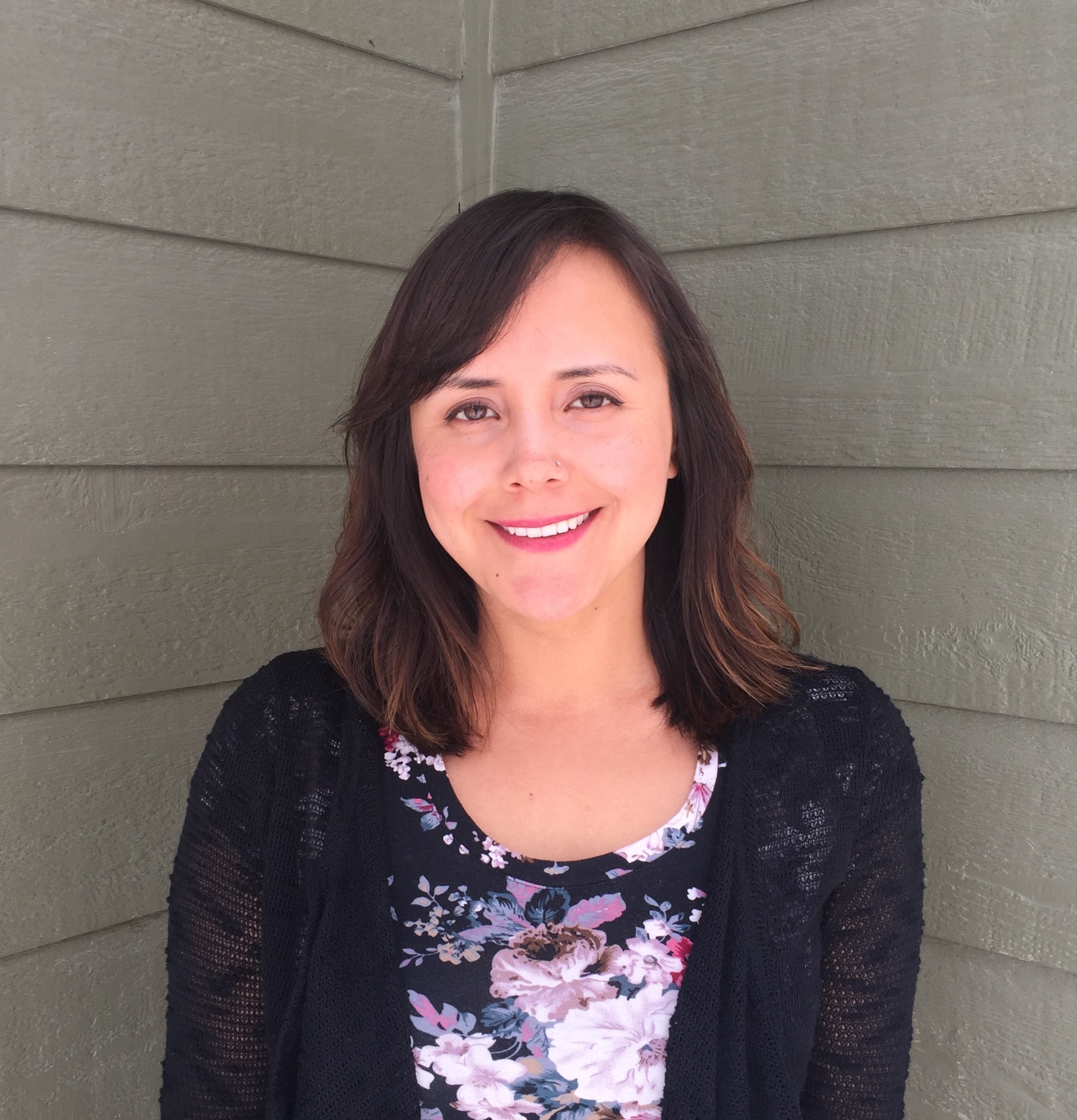Giant Mine newsletter: May to June 2019
Get the most recent updates on the Giant Mine remediation project.
On this page
Stay safe near the Giant Mine site

We're beginning to approach the summer season, when Northerners and tourists enjoy the outdoors and a variety of off-road activities. The Giant Mine Remediation Project team would like to remind land users that the Giant Mine, including the townsite, is a contaminated site.
Workers on site receive training and wear special equipment to protect them from hazards. For the public, access to the site is prohibited. Trespassing is not permitted at any time because of the health and safety risks. The project team monitors the site 24 hours a day, to ensure the security and protection of the public.
If you are driving along the Ingraham trail, please stay on the highway, where the road passes through the site, or use designated pull-outs. When near the site, please respect property boundaries and posted warning signs. New signage will be going up along the Vee Lake Road, the boat launch and where the old Ingraham trail intersects the new Ingraham trail. The team is also installing 2 information signs at the boat launch area to remind area-users where access is restricted for safety reasons. Identifying project boundaries will become easier as the project will be installing some barriers and temporary fencing around the perimeter of the townsite and where the old Ingraham trail intersects with the new Ingraham trail.

This work is expected to start in early June and be completed within 3 to 4 weeks. There may be a few boat trailer parking locations that will become unavailable during the work period. The project team will work to minimize inconveniences to the public while security fencing is upgraded.
Reaching out to the community

The project team has continued its efforts to connect with the community, in the community. Members of the project team attended the May 1, 2019 Giant Mine Oversight Board annual public meeting, to ensure subject matter experts could address questions from people who attended.
Following this, on May 10, 2019, the project team participated in the Yellowknives Dene First Nation job fair. The team has attended the fair for the past 3 years, giving high school students from Grades 9 to 12 the opportunity learn about the work going on at site and different careers that will be available when the remediation of the site goes forward.
In addition, the team continues to ensure presence at annual Spring Trade Show, hosted by the Yellowknife Chamber of Commerce. The project team continues be committed to engaging with the community, providing information about the project, and answering questions about Giant Mine's remediation process.
Quantitative risk assessment update
The work to complete a quantitative risk assessment for the project continues. The assessment team visited Yellowknife on April 23 and 24, 2019, and Dettah on April 25 and 26, 2019 to conduct the next set of engagement sessions. These were focused on reviewing the results of the independent risk screening process, where a consultant looked at the risk scenarios gathered during the previous workouts with community members throughout 2018.
Representatives from Alternatives North, the Giant Mine Oversight Board, the North Slave Métis Alliance and the Yellowknives Dene First Nation participated in the sessions. Participants had the opportunity to ask the consultants questions about the different risk scenarios. They were able to ground-truth the findings, and identify areas where they feel the assessment team needs to consider further. Next steps include finalizing the results of the screening process, after which the assessment team will analyze a sub-group of risk scenarios identified as part of this screening process. This analysis will then be reported back to participants.
Health study update

The Health Effects Monitoring Program visited the Yellowknife-area in May 2019, to report back on the initial results of the study for the general population. Individual participants from the study were sent their personal results prior to the meetings.
The Health Effects Monitoring Program is the long-term study to look at how much arsenic and other metals related to the former mine are in people's bodies before, during and after Giant Mine remediation activities. Dr. Laurie Chan, the study lead, reported the results of the study demonstrate that, overall, residents of Yellowknife, Ndilo, and Dettah are within a range of exposure to arsenic that is similar to the rest of Canada. While we did see somewhat higher average levels of exposure in children (6.6 µg/L for random sampling and 7.2 µg/L for volunteers) compared to the adult population (5.4 µg/L for random sampling and 5.7 µg/L for volunteers). These results are still well below the reference level derived from the Canadian Health Measure Survey of 21 µg/L. The study team has made their results to date, including plain language summary results, available on the Health Effects Monitoring Program website.
Where individual participants had results that were higher than the reference levels, they were invited to follow up with the nurse practitioner, who will provide information about what personal results mean about their health, as well as provide advice on ways to lower their exposure. A higher result does not necessarily mean a person's health is at risk.
As there are currently no reference levels or indicators for arsenic levels in toenails, this sampling was done to create a baseline of long-term exposure to compare with future studies. Though it does not predict risk, additional studies for 20% of the children who participated and 5% of adults who participated will be conducted, to pinpoint how arsenic is being absorbed in the toenails. The percentages for each group are based on the recommendation of the chief public health officer. Once the additional testing is complete, the team will be able to determine what, if any, next steps should be taken. This decision will be made in consultation with experts such as the chief medical officer.
The Health Effects Monitoring Program will be conducting the next representative study with children starting in 2022 and again in 2027, and adults in 2027, when the remediation work is happening. This will be compared to the baseline results of this study.
Parsons Inc. awards the inaugural Parsons Giant Mine Remediation Project Scholarship

Parsons recently announced that Joanne Speakman has been awarded the Parsons Giant Mine Remediation Project Scholarship of $10,000 for the 2019/20 academic year. Joanne is enrolled at the University of Alberta Bachelor of Science in Environmental and Conservation Sciences program. Her goals after completing her upcoming fourth year of studies is to build on her education by completing additional certification that will further develop her ArcGIS software and spatial data analysis skills. Farther down the line, she is interested in pursuing a master's degree related to environmental health with management aspects.
Parsons selected Joanne from the 11 candidates based on her academic standing and personal achievements. Joanne is of Indigenous ancestry, a resident of Yellowknife, is enrolled full-time (100% course load), is continuing her course work in the Fall of 2019. She intends to work in the Northwest Territories after successful completion of the program.
Procurement update
As the project moves through the regulatory processes required to move forward with the remediation, work continues to keep the site stable and manage risks to ensure the public and the environment remain safe. To help accomplish this, the main construction manager for the remediation project, Parsons Inc., has awarded a number of subcontracts for different work on site. Recent subcontract awards are included below.
Site security upgrades
Following the competitive procurement process, Parsons Inc. awarded the contract to conduct site security upgrades such as new fencing to Northern Indigenous-owned Paul Bros Nextreme Inc. The contract award value was $259,779.51.
Environmental surface water ground water management
Parsons Inc. awarded the environmental surface water ground water management contract to Dillon Consulting. The award was valued at $645,330.68. As part of its successful bid, the company committed to Aboriginal Opportunities Considerations that include 556 training hours to be provided; 37% of the labour required will be conducted by Indigenous staff, and 48% of the subcontracting dollar value will be to Indigenous companies.
Tailings drilling
The tailings drilling contract was awarded to Boart Longyear Canada. The award was valued at $1,219,713.00. As part of its successful bid, the company committed that 25% of the labour required will be to conducted by Indigenous staff.
Please see below the consolidated list of contracts Parsons Inc. awarded in 2018, reported in previous editions of the enewsletter:
Surface care and maintenance
Using the Procurement Strategy for Aboriginal Business, Parsons Inc. hired Indigenous-owned Det'on Cho Nuna Joint Venture to conduct the care and maintenance work required to keep the surface in a stable condition until remediation can move forward. This contract was valued at approximately $7.4 million. As part of its successful bid, the company committed to Aboriginal Opportunities Considerations that included 500 training hours to be provided, 39% of the labour required will be conducted by Indigenous staff, and 90% of subcontracting dollar value will be to Indigenous companies.
Effluent treatment plant operations
Parsons Inc. hired Pure Elements Environmental Solutions to operate the effluent treatment plant. The contract for this specialized service is valued at $1,001,101. As part of its successful bid, the company made a significant commitment to Aboriginal Opportunities Considerations that included 8234 training hours to be provided, 83% of the labour required to be conducted by Indigenous staff, and 72% of subcontracting dollar value will be to Indigenous companies.
Emergency medical services
Parsons Inc. awarded a competitive contract to Northern Indigenous-owned Det'on Cho Medical Solutions (a joint venture with Det'on Cho and Advanced Medical Solutions) to provide emergency medical services to the site. This contract is valued at $662,184 and includes 400 hours of training in industrial site emergency medical response.
Site security
Using the Procurement Strategy for Aboriginal Business, Parsons Inc. hired Northern Indigenous-owned Det'on Cho Scarlet Security Services to perform the site security work. This contract is valued at approximately $1.8 million. As part of its successful bid, the company committed to Aboriginal Opportunities Considerations that included 1,500 training hours to be provided, 51 % of the labour required to be conducted by Indigenous staff and 51% of subcontracting dollar value will be to Indigenous companies.
Pilot water treatment plant
Parsons hired Calgary-based Pure Elements Environmental Solutions to build and operate a pilot water treatment plant. This will determine if using adsorbents to remove arsenic is viable, and to support the design of the new Effluent Treatment Plant required for remediation. This contract was valued at $132,578.95. As part of its successful bid, they committed to ensuring 808 hours of training, 91% of the labour will be conducted by Indigenous staff, and 99.5% of the subcontracting dollar value will be to Indigenous companies.
Laboratory testing services (for the effluent treatment plant (ETP) and pilot plant)
Parsons Inc. subcontracted Yellowknife-based, territorial Taiga Environmental Laboratory to provide testing services for water samples for the ETP and pilot plant. This contract was valued at $154,988.00. As part of its successful bid, the Taiga lab committed to 60 hours of training, that 11.1% of the labour required will be conducted by Indigenous staff, and that 2.5% of the subcontracting dollar value will be to Indigenous companies.
Website development
Parsons Inc. awarded a contract for website development. The Yellowknife-based Outcrop Communications developed a website for project updates, as well as contracting and training opportunities for Northerners and Indigenous peoples. This contract was valued at $20,535.00. Outcrop is a Northern-owned communications agency with roots in each of Canada's 3 territories. This contract was being handled by Outcrop's Yellowknife office, which employs a team of 25 marketing and communications experts.
Underground care and maintenance
Parsons Inc. subcontracted Procon/Det'on Cho Joint Venture to conduct the care and maintenance work required to keep the underground in a stable condition until remediation can move forward. This contract was valued at $12,560,396.00. As part of its successful bid, Procon/Det'on Cho committed to 1920 hours of training, that 33% of the labour required will be conducted by Indigenous staff, and that 98% of the subcontracting dollar value will be to Indigenous companies.
C-Shaft power feeders installation
Parsons Inc. subcontracted Northern Indigenous-owned Denesoline Ryfan Limited to install power feeders to the C-Shaft area. This contract was valued at $377,985.00. As part of its successful bid, Denesoline Ryfan committed that 100% subcontracting dollar value will be to Northern Indigenous companies.
Akaitcho pump installation
Parsons Inc. subcontracted Yellowknife's Nahanni Construction Limited to install and commission the infrastructure associated with the mine water management system at the Akaitcho area. This contract was valued at $1,642,418.85.
Air quality monitoring
Parsons Inc. subcontracted SLR Consulting (Canada) Ltd. to conduct the Giant Mine Remediation Project's air quality monitoring program. This contract was valued at $1,343,600.00. As part of its successful bid, SLR Canada committed to 60 hours of training, that 31% of the labour required will be conducted by Indigenous staff, and that 12% of the subcontracting dollar value will be to Indigenous companies.
Information technology assessment
Parsons Inc. subcontracted Global Storm to conduct an information technology assessment. The contract is valued at $6,000.00. As part of its contract, Global Storm committed to 33% of the labour required will be conducted by Indigenous staff.